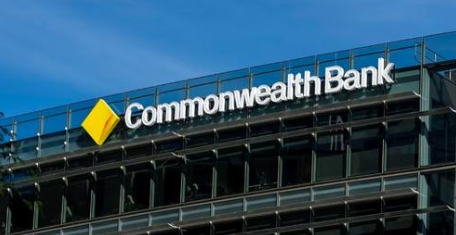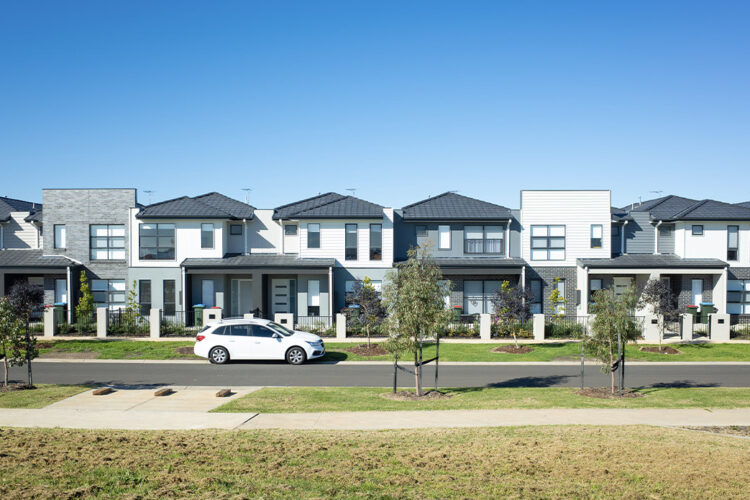While housing values in Sydney and Melbourne are declining, an expert has highlighted that there are markets across the country where growth still has legs.
InvestorKit’s founder and head of research Arjun Paliwal said the housing boom is not completely over despite the two biggest cities becoming “falling markets”.
While Mr Paliwal acknowledged that the NSW and Victorian capital represented a major share of the nation’s real estate market, he said that overall market conditions are “far from weak”.
“Despite the last two years of nationwide blanket capital growth being over, Australia’s outlook for housing is still strong with 17 of 25 housing market fundamentals ranked as either strong or very strong,” he stated.
Mr Paliwal’s statement comes after the buyer’s agency group reviewed demand and supply trends, as well as market pressure indicators such as median price, sale days on the market, monthly listings, monthly sale volume, vendor discounting, vacancy rates, rents and yields in eight capital cities and 25 most-populated regional cities.
Upon crunching the numbers, InvestorKit pinpointed the top 10 areas that are performing well and continued to have a positive outlook. This included Adelaide, Darwin, Townsville, Toowoomba, Ormeau-Oxenford, Rockhampton, Bunbury, Bundaberg, Shepparton and Launceston.
However, Mr Paliwal tempered expectations of skyrocketing dwelling values in these markets, underlining that the period of astronomical capital growth “is over and not sustainable”.
“Our outlook remains positive; however, one should not confuse a positive outlook for a market where everything continues to grow by more than 20 per cent per year in almost every city,” he clarified.
He added that while there are still regions with positive prospects, the national market’s pace notably slowed down from 2021.
“Early last year, 22 of 25 housing market fundamentals ranked as either strong or very strong. A drop-off to 17 has occurred, however, [it’s] still a positive number,” Mr Paliwal stated.
Even with observable weakness in the country’s real estate market, the expert does expect it to be short-lived due to the healthy state of housing fundamentals such as people movement, economic activity, finances, affordability, supply, and confidence.
Here’s a more in-depth look at the regions:
1. Adelaide
Adelaide is enjoying strong selling conditions, as the region’s quarterly asking sales prices for houses rose by 1.3 per cent while total listings have fallen by 4 per cent over the latest three-month period to July.
Mr Paliwal explained that house prices tend to rise when there is minimal stock, which bolsters competition in the market.
However, data also showed that monthly sales volumes are declining, and vendor discounting rates have also risen.
But the expert pointed out that with the city’s vacancy rate now at a 15-year low of 0.3 per cent, there is “very high pressure” on the South Australian capital’s rental market.
The city’s tight rental market conditions, paired with a strong supply and demand trend, will insulate Adelaide from market weakness, according to Mr Paliwal.
2. Darwin
The Northern Territory’s capital city has experienced a 3.8 per cent jump in house sale prices over the quarter to July, while the number of listings rose 1.7 per cent during the period.
Data also showed that market sales volumes and vendor discounting rates have been stable over the month, indicating high market pressure in the city.
Mr Paliwal also noted that pressure in Darwin’s rental market is at a record high, with vacancy rates in the city falling to their lowest levels since 2012 at 0.4 per cent.
The low number of available listings has led to the median rental price in the city to surge by 15.4 per cent over the 12-month period to July.
3. Townsville
Data showed that Townsville house prices have risen by 0.3 per cent on a quarterly basis, while the city’s listings have declined by 5.4 per cent over the same period.
In a sign of a tight rental market, Townsville’s vacancy rate is its lowest point in over 15 years, which drove up the median rent price by 7.9 per cent on an annual basis.
Mr Paliwal highlighted that rents in the city have risen by 11 per cent in the last 10 years, higher than the wider region’s average price growth over the last decade.
The expert addressed any concerns that Townsville will become unaffordable due to its continuing growth streak. “Interest rates increasing are unlikely to make this market unaffordable as its decade price growth average is weak; growth can occur without stretching locals,” he stated.
4. Toowoomba
The city’s house values have risen 3.6 per cent over the last quarter. On an annual basis, Toowoomba boasted a double-digit price growth.
In terms of supply, InvestorKit highlighted that listings in the city have fallen by 2.6 per cent over the last three months.
Adding to the city’s strong market conditions, Toowoomba’s rental prices have also risen by 11.1 per cent in 12 months due to the city’s crisis-level vacancy rate.
According to Mr Paliwal, Toowomba is “firing on all cylinders”.
“It has low supply, high annualised price growth, low vacancy and a strong pipeline of jobs and economic activity in a city offering an affordable lifestyle,” he explained.
5. Ormeau-Oxenford
On a quarterly basis, Ormeau-Oxenford’s house sale prices have jumped by a staggering 10.5 per cent as total listings also rose by 4.6 per cent.
The region’s rental market is also extremely competitive, as vacancy rates stood at a 15-year low of 0.3 per cent. As a result, the median rent has grown by 23.4 per cent in a year.
6. Rockhampton
Rockhampton house prices jumped 7.9 per cent while total listings have declined by 2.1 per cent in the latest quarter, InvestorKit’s data showed.
Rockhampton’s rental market pressure is also very high, as vacancy rates in the region are at a crisis level of 0.3 per cent — the lowest since the end of the mining boom. As a result, the median rental price in the market has increased by 10.5 per cent, and by 14 per cent over the last decade.
However, InvestorKit noted Rockhampton’s monthly sales volumes are beginning to dip and vendor discounting rates are increasing — indicating that market conditions have slightly softened.
7. Bunbury
The coastal city, located in the south of Perth, has recorded a house price increase of 4.4 per cent over the last quarter as total listings fell by 2.2 per cent over the same period.
While vacancy rates in the city have rebounded from historical lows last year, InvestorKit noted that the rate is still sitting at an extreme low of 0.4 per cent.
This has resulted in the median rental price growing by 16.7 per cent in a year and 20 per cent over the last decade.
8. Bundaberg
Bundaberg exhibited strong house price growth over the last quarter, boasting a 10.9 per cent increase during the period.
While total sale listings in Bundaberg have risen by 1.5 per cent over the three-month period to July, InvestorKit noted that market pressure in the region is still high and total advertised listings are still significantly below pre-pandemic levels.
Bundaberg’s rental market is also experiencing very high pressure, with the average rent price in the region surging by 14.3 per cent over the last 12 months and 40 per cent over the decade.
According to InvestorKit’s estimates, the figures can lead to a high rental yield of 5.4 per cent for investors. The buyer’s agency group expects the strong growth in the region to continue.
9. Shepparton
While the Victorian city saw quarterly house prices declining by 1.2 per cent over the latest quarter, InvestorKit noted that total listings in Shepparton have also fallen by 8.9 per cent during the same period.
According to Mr Paliwal, the low supply in the city is seen to provide a price floor for house values.
And despite this weakness in the city’s market, InvestorKit highlighted that the rental market pressure in Shepparton remains “very high”.
Shepparton’s vacancy rate is currently at 0.3 per cent — its lowest in more than 15 years. As a result, median rental prices have increased 8.8 per cent over the past year and 42 per cent in the last decade.
10. Launceston
Launceston has recorded a median house price increase of 0.8 per cent over the past quarter and total sales listings dropping by 16 per cent — a mix that concocted strong sales market pressure in the Tasmanian city.
While pressure in the city’s rental market was also described to be at “high” levels by InvestorKit, the agency noted that Launceston vacancy rates aren’t as low as some property markets at 1 per cent. Despite this, median rents in the city have risen 18.4 per cent within a year and 64 per cent over the last decade.


